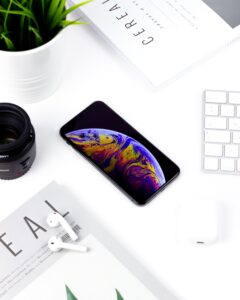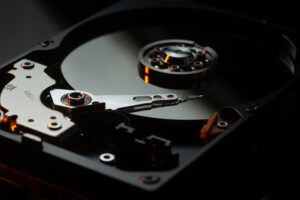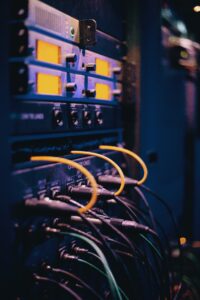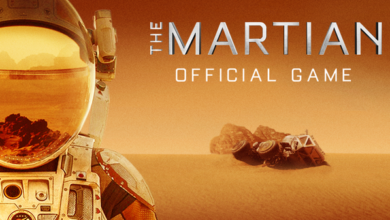A prelude to Edge Computing

Are you living on the edge??

Stephen Hunt quoted that “If you are not living on the edge, you are taking up too much space”
I promise that you will understand the fact of this quote by the end of this article.
You know that you can trust cloud providers like Google, Microsoft, and Amazon with your sensitive data. Now it’s time to let them trust you by allowing them to take control of your machines and personal appliances.
Let me introduce you to edge computing.

Edge computing is a distributed IT deployment system that places the client as close as possible to the source where data is created. A lot of organizations are using the cloud to process huge amounts of data which is increasing every day. This endless growth of data and the devices accessing the data is bound to produce latency and network issues and this is the reason for the rise of edge computing.
How edge computing works

In edge computing, location matters. In a standard business computing scenario, the data is created on a client’s machine. The data travels through the internet and is processed by a business application and the results are sent back to the client. When you move large amounts of data it disrupts the speed and efficiency of the internet.
Gartner predicted that by 2025, up to 75% of business-generated data will be created outside of centralized data centers. So, the industry experts have come up with the idea of shifting the focus from central data centers to the edge of the framework that is computing at or close to the source of data instead of relying on a pool of data centers. It’s like you don’t have to dive into the sky full of clouds, the clouds are coming to you.
Edge computing places a small server or storage unit close to the source where the data is created which operates remotely and the data is processed locally.
Edge computing vs cloud computing

Edge computing and cloud computing are two different technologies, you cannot replace one with the other. The main difference is that cloud computing prefers using remote data centers to store data while edge computing makes partial use of local drives.
Edge computing is an excellent backup strategy in the following scenarios:
- The network has low bandwidth and cannot send files to the cloud.
- Business owners don’t want to keep sensitive information in remote storage.
- When you don’t have internet access. You can access the files even when you are offline in edge computing.
Cloud computing on the other hand has its own unique advantages:
- You don’t have to spend that extra amount of money securing local networks.
- You can store unimaginably large amounts of data in the cloud.
- You can easily deploy data to multiple devices and software.
To summarize, edge computing provides stable and fast performance, but It can’t store large amounts of data like cloud computing does.
Challenges in implementing edge computing

Here are some of the challenges you will face if you consider adopting edge computing:
- Limited potential: Placing a framework close to the source can be efficient but is limited to a few resources, you really need to find the purpose before you start creating the framework.
- Power supply: If a device is disconnected from the power supply it won’t be able to process data from the local network. Deploying an edge framework requires a minimum level of connectivity but it’s still very important that you have a backup for poor connectivity and have a plan to restore connectivity if it fails.
- Security: We all know that local devices can be insanely insecure. So it is crucial that the edge framework is designed to secure the local networks.
- Physical maintenance: As we are using physical devices maintenance is a must. Most of the local devices have an expiry date and need timely servicing which is an extra cost and burden for the provider.
Benefits of edge computing

Let’s summarize the key benefits of edge computing:
- Decreased Latency: Edge computing provides a faster user experience to end-users.
- Improved security: Edge computing allows you to keep control over your data by storing sensitive information locally.
- Versatility: Edge computing allows the storage of large amounts of data both in remote centers and at the edges of networks.
- Balance: Edge computing finds a balance between standard centralized cloud data storage and local storage.
Use Case 1:
The first possible application of edge computing is a self-driving vehicle, as you can guess autonomous vehicles need to make database decisions incredibly fast. Also, edge computing IoT provides a real-time data stream even when the vehicle is offline.
Use Case 2:
The second use case is healthcare software that requires real-time data processing regardless of the internet connection quality. The device should be able to access a patient’s history immediately and with no chance of errors.
Our final thoughts on edge computing

If you are considering implementing edge computing into your company’s data operations, you need to have an experienced tech partner who knows how to set up data transfers, secure local networks, and connect systems to edge storage.



